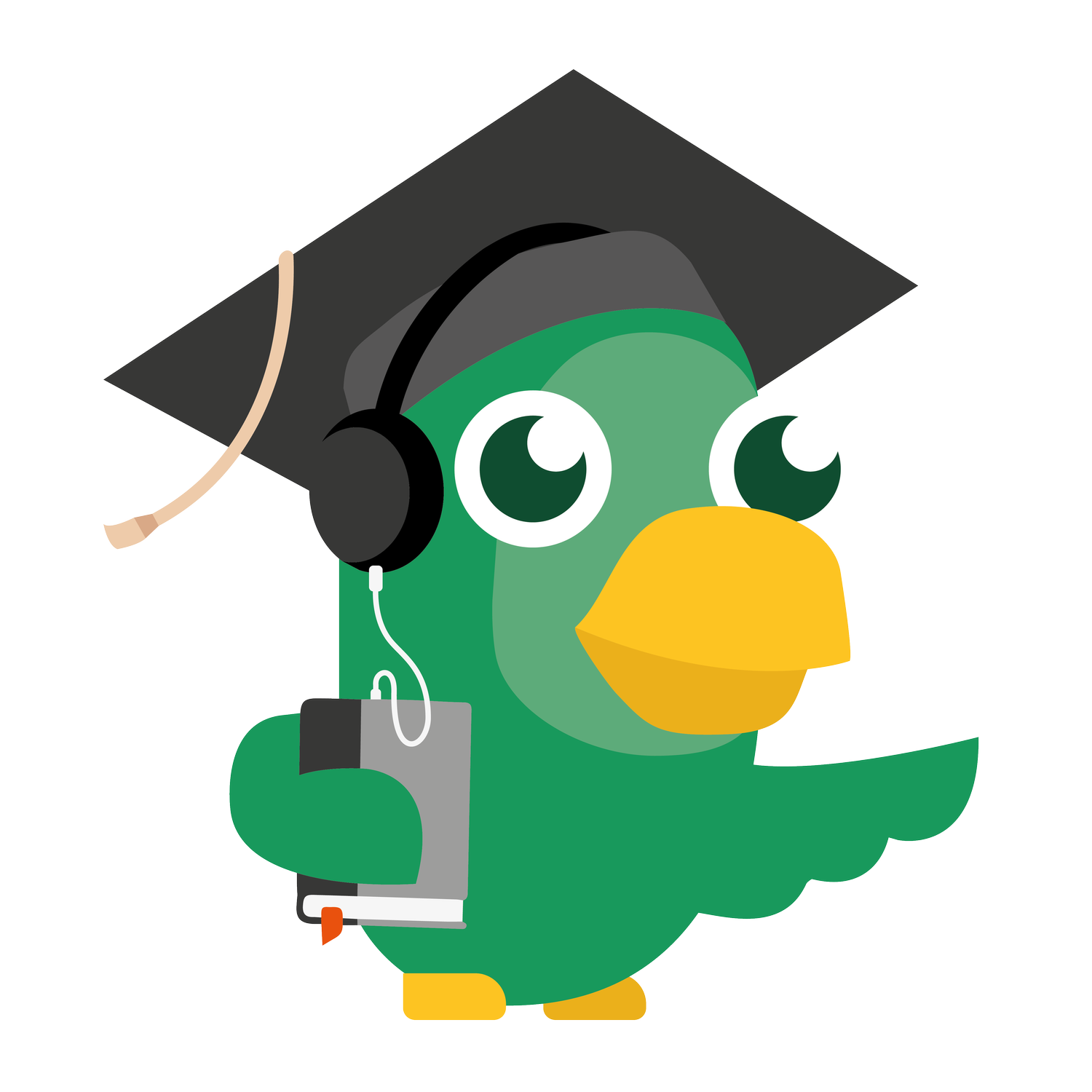How to motivate students?
Picture this: you are a teacher and want to learn something new to your students.
You’ve got the best books, lessons, and materials in the world, but somehow your students don’t want to listen.
The problem is: they are not motivated enough.
So how can you solve this? There is never one good answer to this, but there are ways to better understand the problem. In this blog, we will look at motivation through the lens of the Self-Determination Theory (SDT).
Self-Determination Theory (SDT)
The Self-Determination Theory (SDT), developed by psychologists Richard Ryan and Edward Deci, dives into the psychological needs that are essential for fostering motivation and personal development. At the core of SDT are three fundamental needs that, when satisfied, can significantly enhance motivation and engagement in students, leading to greater success in learning.
First up is autonomy. This isn't about students going rogue and learning in a vacuum; it's about empowering them with a sense of control over their educational journey. When students get to make choices about their learning activities or direct their own study paths, they feel a greater sense of ownership. This autonomy reinforces their intrinsic motivation, or the internal desire to seek out new things and challenges, which leads to a deeper and more meaningful engagement with the material.
Next, we have competence. This is the feeling that one has the ability to tackle and succeed in learning tasks. It's not just about praising the end result but about acknowledging effort, strategy, and improvement. When students believe they are capable of conquering the material, their confidence grows, along with their motivation to push further and achieve more.
Lastly, there's relatedness. Humans are social creatures, and students are no exception. The feeling of connection to others — teachers, peers, or the learning community — creates a supportive network that validates their struggles and triumphs in learning. When students feel that they are understood and that they belong, it can significantly boost their motivation.
When these three needs — autonomy, competence, and relatedness — are met, students are more likely to be self-motivated. This type of motivation is the golden ticket in education, as it's linked with deeper learning, better performance, and greater psychological well-being. Essentially, SDT suggests that if we create learning environments that address these fundamental needs, we're setting the stage for our students not just to succeed, but to thrive.
How to implement the SDT?
Now we know what the SDT is, how can educators use it in their teaching? Let’s look at three pillars of SDT: autonomy, competence, and relatedness.
Autonomy
Offer choices: Provide students with options in their assignments, allowing them to select topics that interest them or choose from various formats for presenting their knowledge, such as essays, presentations, or videos.
Encourage self-initiative: Create opportunities for students to initiate their own projects or inquiry-based learning experiences.
Create flexible learning paths: Allow students to progress through materials at their own pace, using adaptive learning technologies that cater to individual learning styles and speeds.
Competence
Set clear expectations: Clearly communicate the learning objectives and criteria for success, so students understand what is expected of them.
Provide constructive feedback: Offer specific, timely feedback that focuses on the effort and strategies used rather than just the outcome, to help students understand their progress and how they can improve.
Celebrate progress: Recognize and celebrate incremental improvements to boost students' sense of achievement.
Relatedness
Foster a community: Encourage collaboration and peer-to-peer learning through group work and discussions to build a sense of community in the classroom.
Be present and available: Teachers should show genuine interest in their student's learning and well-being, being approachable and empathetic.
Connect learning to life: Help students see the relevance of what they're learning to the real world and their own lives to make the learning experience more meaningful.
BONUS: Leverage technology
Digital tools: Use educational technology that adapts to the learner's level, provides instant feedback, and incorporates elements of gamification to make learning more engaging.
Online communities: Create online forums or platforms where students can collaborate, share ideas, and offer support to one another.
Let’s motivate students (and maybe ourselves, too)!
Sources
Ryan, R. M., & Deci, E. L. (2000). Intrinsic and extrinsic motivations: Classic definitions and new directions. Contemporary educational psychology, 25(1), 54-67.
Ryan, R. M., & Deci, E. L. (2020). Intrinsic and extrinsic motivation from a self-determination theory perspective: Definitions, theory, practices, and future directions. Contemporary Educational Psychology, 61, 101860.

